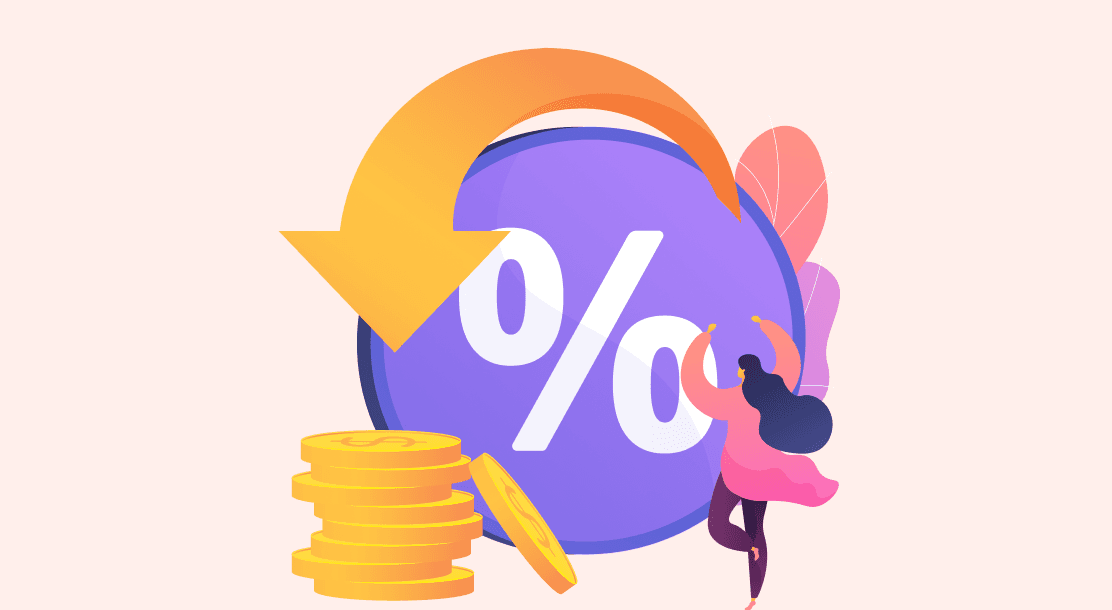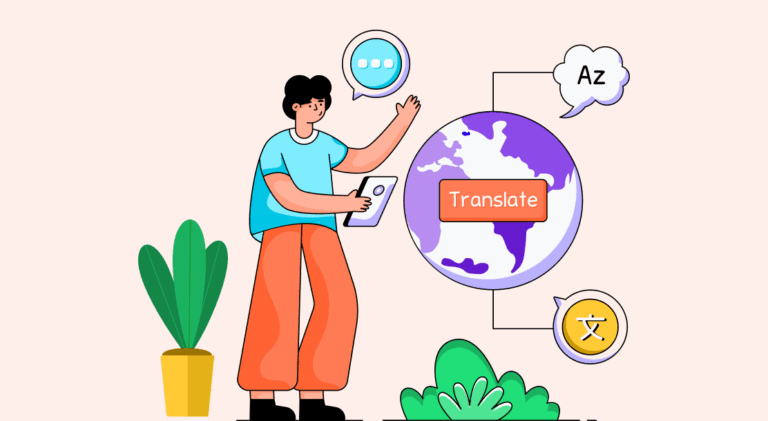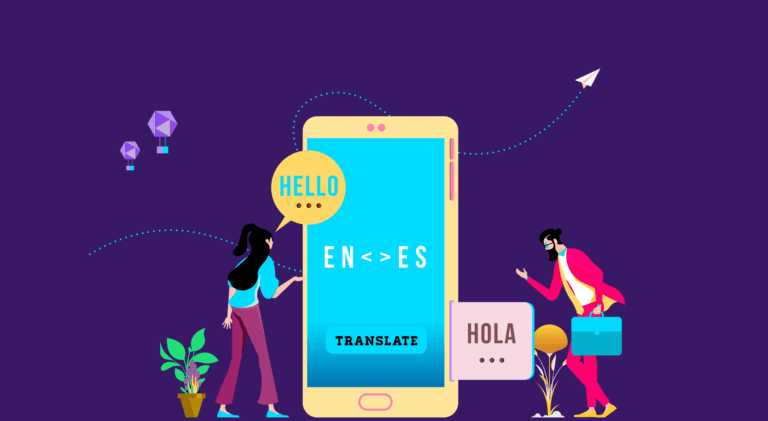
Translation services are a big thing today. Thanks to the Internet and a world that has learned to do everything online post-Covid, everything is available in the language of your choice.
No wonder the demand for language translators is going up so fast. You will find professional, certified translators who do this for a living. And then there are freelancers or gig translators who offer these services part-time.
Irrespective of the nature of employment, they all have translation rates determined by a key set of factors which we will discuss in detail in this article.
Translation Rates Differ as per Language
One of the most standard factors that determine translation price is the language. Typically, common languages, like English or Spanish, have more qualified translators than those less common, like Oriya or Kannada.
This means that translation service prices will be lower for the former because of the higher supply of translators compared to the demand. On the other hand, you can charge more for a translation from Kannada to Hindi. You can charge even more to translate from Bengali to Oriya, for example.
Basically, the less common the language, the higher the translation rates. You can quote a higher price if you are well-versed with less popular languages like Dutch or Russian or local languages like Kashmiri or Garhwal.
Translation Service Rates Vary as per the Word Count
Both technical translation rates and non-technical translation service rates are most commonly charged on a per word basis. This means that you charge based on the number of words you have to translate. Again, this is determined by factors like language combinations, timelines, subject matter, and text volume. It will also depend on the target language.
For example, if you have to translate from English to Hindi, there will be some words in English that have to be translated into more than one in Hindi. So, the volume of translated words increases. This may increase the translation rates.
Note that the time you invest in translating these words has very little influence on how much you charge to translate. Clients would not typically pay you by the hour for translation services. So, the faster you translate, the more you stand to gain. There are still other clients who like to offer you a pay-per-page arrangement. But this is very rare. Setting your translation price per word is the most common method used worldwide.
6 Tips to Set Your Translation Price
Language and the number of words are the standard determining factors for setting translation rates. But there are a few other important elements to remember while setting your translation service rates.
1. Technical translation rates are higher
Some industries and/or domains require a little more subject matter knowledge than others. While translating for industries like manufacturing or medical, you will need to spend a little time to ensure that you are translating the words properly, especially since it involves a lot of technical terms.
In contrast, if you are translating blogs or articles that are non-technical, you can set your translation service prices a little lower. For some translation assignments, a simple tool like Google Translate would suffice, and your translation rates reflect the time you invest in getting the work done.
2. Always choose what you translate
Generally, clients would want to give you entire documents to translate. In fact, for the translator, too, it might be tempting to do that as it will fetch them higher translation rates. But it is always a good idea to first understand what the end product will look like.
Does it even require translating every section of the original document? Ask questions about the end users and how the document will be used. You may be surprised that the actual translation work is not even relevant to some sections. You can set your translation service rates and allot time to the project.
3. Translation vs. TEP
TEP is an abbreviation for Translation-Editing-Proofreading. A lot of businesses hire freelance translators, who ultimately end up doing a lot more than translating words. When you enter into a contract with a client, make sure you clearly understand the objectives and differentiate between translation and TEP.
It may so happen that you think it is a simple translation job, and quote your translation rates accordingly. But in the end, you end up going through the entire process of TEP. to avoid this; it is best to do a sample first and charge the client for the same before entering into the final contract.
4. Charge more for desktop publishing
If you are translating documents with many infographics and images, it will take you more time and effort, given the document format. In such cases, it is wiser to set translation rates higher than average to account for the extra effort on your part.
A desktop publisher or graphic designer may or may not work with you on such projects to ensure that the texts you translate are placed accurately on the document and the images. This means additional time spent on the project. Similar to technical translation rates, translation services of this sort should accrue higher costs.
5. Certified translators cost more
You can easily set a higher translation rate than your peers if you are a professional translator with a certification from a reputed institution. ISO 9001 is the international gold standard of quality and certification. It reflects that you have completed the entire quality check process to become a certified translator. And this makes your value more expensive in the market. So, you can easily quote a higher price than non-certified translators. But the margins should be low, and not double or triple.
6. Turnaround time impacts the translation rates
If a project comes your way and entails working day and night to ensure completion, then you set a higher translation service price. When the demand is higher, you simply raise the price. This is not to say that you quote something absurd. But it is important to consider the extra effort and time you need to put in to ensure the project is completed on time.
Final Words
It is thus quite clear that translation rates depend on various factors. But the most important ones are the rate per word and the language combination. Your time and effort will mostly rely on these two factors. And, of course, be aware of what the market rates look like.
While it is good to be pricey sometimes, it may not be a good idea to always be outside the norm. Remember that translation services have a high demand today. But so is the supply of professional as well as freelance translators. And this makes the competition very tough.
FAQs
The most standard way of calculating translation rates is to consider the total number of words and fix a rate per word
The credibility of the translators, volume of work, and turnaround time are some important determining factors for translation rates per word.
If you are just starting as a translator, keeping your translation rates between INR 0.50 to INR 0.80 per word is best. More experienced translators may go up to INR 1 or 2, depending on the language combination.
For non-technical translation, the average speed can go up to 500 words per hour.
250 words per hour is the standard translation speed for technical, literary, and transcreation assignments.
Latest Blogs
Explore how Google’s 2025 AI search updates triggered ranking chaos. Learn actionable strategies to adapt your SEO for AI Overviews, zero-click searches, and SERP volatility. Stay ahead now.
Learn how to rank on AI search engines like ChatGPT, Perplexity, and Gemini by optimizing your content for authority, structure, and relevance. Stay ahead in AI-driven search with this strategic guide.
Explore the best healthcare SEO services for your medical practice. Improve online visibility and effectively reach more patients in need of your services.
Get your hands on the latest news!
Similar Posts

Translation
5 mins read
All You Need to Know About Language Translation and Terminology Management

Translation
5 mins read
6 Reasons to Translate Content into German

Translation
5 mins read